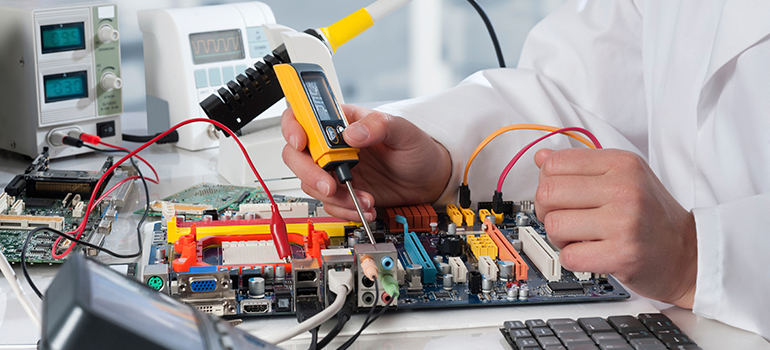Returning Students and Teachers to the Classroom Safely

Employing indoor air quality testing to reopen schools
04 November 2021
The COVID-19 pandemic has raised public awareness of indoor air quality (IAQ) and how effective ventilation, improved filtration, and eliminating pollutant sources can reduce pathogen transmission risk and enhance overall health and wellness. However, existing standards and conventions for ventilation rates and filter efficiency are not necessarily adequate to protect occupant health and promote wellness in the wake of COVID-19. We also know that deferred maintenance, system overrides, and other issues common in existing buildings prevent them from meeting the minimum IAQ standards.
This is especially true for public schools, where facilities funding is often inadequate. But with schools returning to in-person learning in the midst of a pandemic, it has become imperative to address the environments that significantly affect children's health, wellness, and cognitive function.
Recognising this, Seattle Public Schools, the largest public school district in the state of Washington serving more than 50,000 students, took a proactive approach to ensure the health and safety of its more than 100 schools as it planned for the return of students and teachers. With the help of Engineering Economics Inc. (EEI), a facility consulting firm, a systematic evaluation of ventilation systems was conducted in each of the district's schools, ensuring that all systems provided effective ventilation, and, where possible, maximized outside air ventilation rates to reduce COVID-19 risk via dilution ventilation. Many HVAC units were converted to 100% outside air, and the increased energy impact was a small price to pay to improve student health and staff safety.
While operating the HVAC at 100% outside air was a solution to bring students back into the classroom initially, it wasn't sustainable during colder months, so a new approach was required. EEI developed a reliable process to determine COVID-19 risk exposure potential. The team recommended effective and cost-efficient strategies for immediate implementation to guide the appropriate mix of engineering controls for classrooms, cafeterias, and other key spaces in each school.
To validate the efficacy of the implemented engineering controls and provide assurance to teachers, parents, and students that the schools are safe, Intertek's team of building scientists and industrial hygienists was engaged to perform IAQ testing.
The first phase of testing took place over the summer in unoccupied buildings, and focused on sampling particulate matter (PM) in classrooms and other spaces. The assessment demonstrated that most of the schools were ready for the safe return of students, but it also identified some classrooms and other spaces that required corrective action for maintenance and operation issues that required attention.
The second phase of testing was during school hours in occupied spaces and measured PM and carbon dioxide (CO2). IAQ sampling confirmed that the implemented risk-reduction measures functioned as intended in most cases. It also served as a quality control check, flagging spaces that did not meet expectations due to system limitations or operational issues. The data also highlighted a long-term opportunity for most school districts to improve the learning environment through ventilation improvements.
This proactive, evidence-based approach to safe and healthy schools provided effective results through targeted interventions. Even as the pandemic subsides, improving IAQ in schools will create better learning environments.

Alan Scott,
Senior Consultant
Alan Scott, FAIA, LEED Fellow, LEED AP BD+C, O+M, WELL AP, CEM, is an architect with more than 30 years of experience in sustainable building design. He is a Senior Consultant with Intertek Building Science Solutions in Portland, OR.


